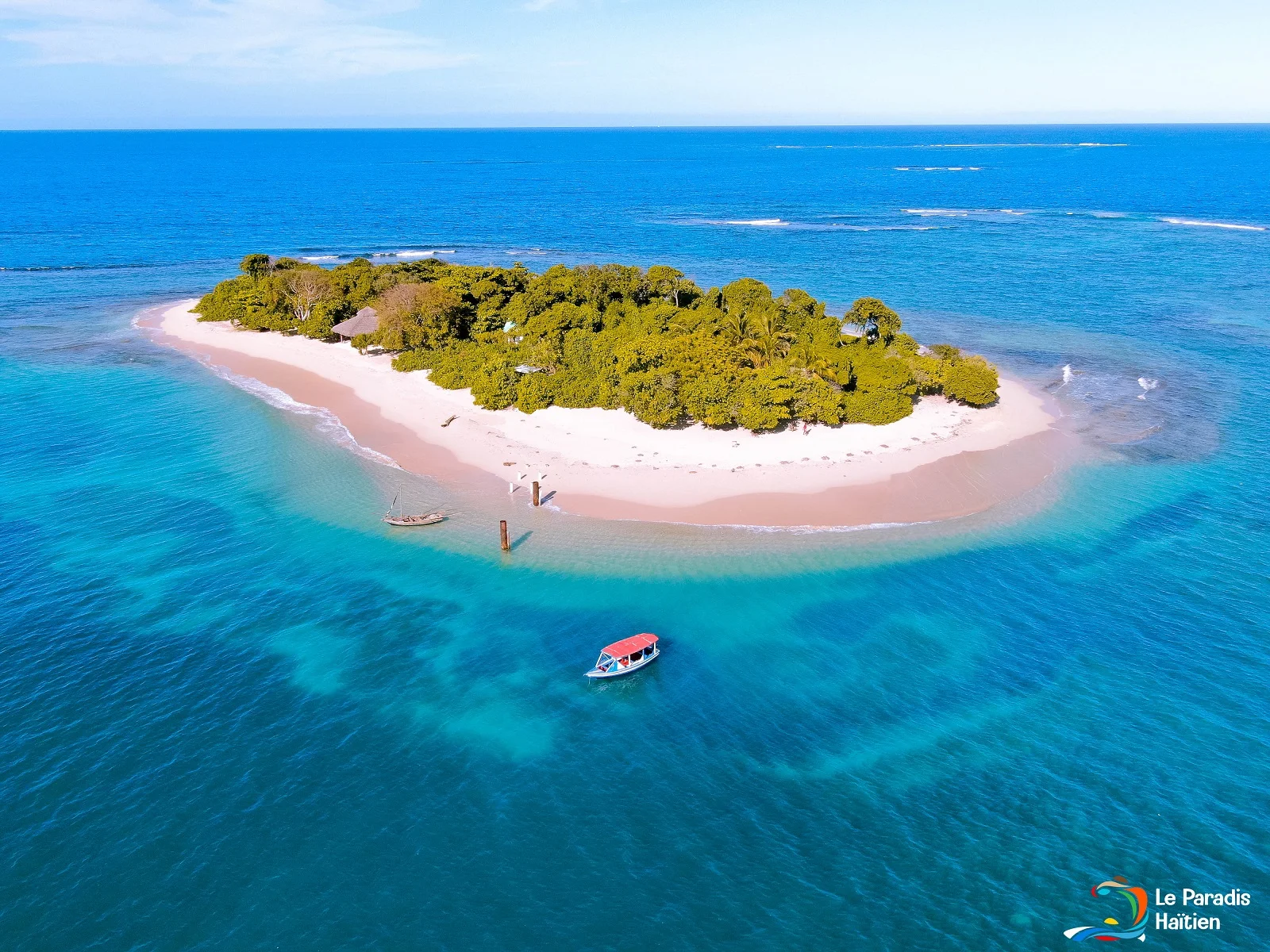Is Haiti Safe to Travel: Current Conditions

Understanding Safety in Haiti
For anyone contemplating travel to Haiti, it’s crucial to be aware of the current safety conditions. Whether you’re a seasoned traveler or visiting for the first time, understanding the safety situation is essential.
Current State of Emergency
Since March 2024, Haiti has been under a State of Emergency with a high incidence of crimes involving firearms, including robbery, carjackings, sexual assault, and kidnappings for ransom. The kidnapping situation is particularly alarming. Kidnappings in Haiti are widespread and can involve severe consequences, with victims sometimes being harmed or even killed. Perpetrators may either meticulously plan their actions or select their victims randomly (World Nomads).
Protests and demonstrations are frequent and can turn violent without notice. Travelers are strongly advised to avoid protest areas and remain vigilant at all times, especially during periods of unrest. The U.S. government has limited capacity to assist in emergencies, which further complicates the safety situation for foreign nationals.
| Issue | Details |
|---|---|
| State of Emergency | Ongoing since March 2024, high incidence of crimes involving firearms |
| Main Crimes | Robbery, carjacking, sexual assault, kidnapping |
| Demonstrations | Frequent and can turn violent without notice |
| Assistance | Limited capacity of the U.S. government to assist in emergencies |
Crime Landscape in Haiti
Crime is a significant concern in Haiti, affecting locals and tourists alike. Violent crimes such as assault, armed robbery, murder, kidnapping, and rape are prevalent. Kidnapping in Haiti does not discriminate based on age, gender, nationality, or race (World Nomads).
Political instability adds to the chaos, increasing the frequency and unpredictability of such crimes. Local law enforcement and emergency response services often lack the resources required to handle serious situations effectively. This lack of adequate response resources makes it even more imperative for travelers to be cautious.
| Crime Type | Frequency and Risk |
|---|---|
| Assault | High |
| Armed Robbery | High |
| Kidnapping | Widespread and severe |
| Murder | Significant threat |
| Rape | Present |
To stay informed about travel advisories and get tips on remaining safe, it’s useful to refer to articles on other potentially risky destinations such as is it safe to travel to mexico, is cancun safe to travel, and is brazil safe to travel.
Understanding the safety conditions can help you make an informed decision. While the beauty of Haiti is undeniable, being aware of the risks is crucial for a safer travel experience.
Travel Advisory Details
When considering the question “is Haiti safe to travel,” it’s essential to be well-informed about current travel advisories and potential risks. Below, you’ll find crucial information to help you plan your trip.
U.S. Department of State Advisory
The U.S. Department of State has issued a Level 4: Do Not Travel advisory for Haiti (Travel.State.Gov). This advisory is due to widespread violent crime, including armed robbery, carjackings, and kidnappings. These crimes are often committed with firearms, making it unsafe for tourists. Additionally, protests, demonstrations, and roadblocks are common and unpredictable, sometimes leading to violence and damage to infrastructure.
| Advisory Level | Description |
|---|---|
| Level 4 | Do Not Travel |
Travel Risks and Concerns
Traveling to Haiti involves several significant risks and concerns. The crime landscape in Haiti includes various violent crimes such as muggings and carjackings. Armed criminal gangs often perpetrate these crimes, sometimes resulting in severe harm to the victims. Kidnapping is particularly widespread, with both planned and random abductions occurring frequently.
Moreover, the U.S. government has limited ability to assist citizens in Haiti due to local law enforcement’s lack of resources (Travel.State.Gov). Essential supplies and medical facilities are also in short supply, further complicating emergency responses.
| Risk Factor | Description |
|---|---|
| Violent Crime | Armed robbery, carjackings, muggings, and kidnappings |
| Protests & Demonstrations | Common, unpredictable, often violent |
| Limited Govt. Assistance | Lack of resources for emergency response |
| Kidnappings | Planned or random, kidnapping for ransom |
Being aware of these risks can help you take appropriate precautions. Always stay updated with the latest U.S. Department of State advisory and consider utilizing resources such as tips for traveling safely for more detailed advice.
For more travel advisories, you might be interested in reading about:
- is it safe to travel to mexico
- is cancun safe to travel
- is it safe to travel to jamaica
- is it safe to travel to egypt
- is it safe to travel to turkey
Security and Health Care Facilities
Concerns for U.S. Citizens
When assessing the safety of traveling to Haiti, U.S. citizens have specific concerns due to the current State of Emergency and prevalent crime patterns in the country. Since March 2024, Haiti has faced significant security challenges, including widespread kidnappings, armed robberies, carjackings, sexual assaults, and other violent crimes involving firearms (Travel.State.Gov).
Kidnapping is notably severe, with victims often harmed or killed. The U.S. embassy mandates its staff to use official transportation to and from the airport in Port-au-Prince and prohibits any form of walking within the city due to the high risk of armed robberies and carjackings targeting lone drivers, specifically women, (Travel.State.Gov).
| Crime Type | Frequency | Impact |
|---|---|---|
| Armed Robbery | Common | High Risk |
| Carjackings | Common | High Risk |
| Kidnappings | Widespread | Severe Risk |
| Sexual Assault | Common | High Risk |
With a Level 4 Travel Advisory issued by the U.S. Department of State, it is critical to evaluate whether Haiti is a destination fitting your travel needs and risk tolerance (Travel.State.Gov).
Limited Government Resources
The U.S. government’s capacity to assist its citizens in Haiti is considerably restricted. Local authorities and first responders often lack the necessary resources to effectively manage emergencies or serious crimes. Shortages of essential supplies, including gasoline, electricity, medicine, and medical supplies, exacerbate these limitations (Travel.State.Gov).
Medical facilities both public and private in Haiti frequently face substantial challenges, such as insufficient trained staff and the requirement for prepayment in cash for services. These conditions could hamper any needed medical assistance, posing additional risks to travelers.
| Resource | Availability | Concerns |
|---|---|---|
| Gasoline | Limited | Impact on Transportation and Emergencies |
| Electricity | Sporadic | Reliance on Backup Power |
| Medicine | Shortage | Reduced Healthcare Quality |
| Medical Supplies | Insufficient | Impact on Treatments |
Due to these constraints, travelers should consider whether they have the capability to handle emergencies independently. For more on safe travel practices, read our articles on is it safe to travel to colombia, is it safe to travel to the dominican republic, and is costa rica safe to travel.
Conclusion
Evaluating security measures and available healthcare facilities is paramount when considering travel to Haiti. Understanding these risks can guide your travel decisions and preparations.
Specific Security Measures
Understanding and implementing specific security measures is essential to ensure your safety during travel to Haiti. Here, you’ll learn about the current curfew and movement restrictions, along with additional assistance and precautions to take.
Curfew and Movement Restrictions
Due to the ongoing security concerns in Haiti, the U.S. government has imposed stringent curfew and movement restrictions on its personnel. U.S. embassy staff in Haiti are required to adhere to a nightly curfew and are prohibited from walking in Port-au-Prince (Travel.State.Gov). Their movement throughout the country is also restricted, highlighting the heightened security measures in place.
Here’s a summary of current curfews and movement restrictions:
| Restriction Type | Description |
|---|---|
| Nightly Curfew | In place for U.S. government personnel |
| Prohibited Movement | No walking in Port-au-Prince |
| Restricted Movement | Across various regions in Haiti |
These restrictions underscore the necessity for you to remain vigilant and avoid areas deemed unsafe by local authorities.
Assistance and Precautions
In light of Haiti’s complex security situation, taking extra precautions can make a significant difference in your travel experience. Official recommendations include using only official and secure transportation to and from the airport in Port-au-Prince. The U.S. embassy mandates this for its staff because of the prevalence of armed robberies and carjackings that frequently target lone drivers and women.
To better prepare, here are essential safety measures and precautions to consider:
- Secure Transportation: Always use official or secure transportation, especially when traveling to and from the airport.
- Avoid Walking Alone: Avoid walking alone or in isolated areas, particularly in Port-au-Prince and other high-risk zones.
- Monitor Local News: Stay informed about local news and alerts which can provide updates on security conditions.
- Limited Night Travel: Restrict travel after dark, aligning your activities with local curfew regulations.
Consider the following internal links to further expand your understanding of travel safety:
By following these specific security measures and precautions, you can better navigate the complexities of traveling in Haiti, ensuring a safer and more informed experience.
Transportation and Road Conditions
Understanding the transportation and road conditions is crucial when assessing is Haiti safe to travel. Here we delve into two pivotal aspects: chaotic traffic situations and air travel safety standards.
Chaotic Traffic Situations
Haiti experiences extreme traffic congestion and chaotic driving conditions, especially in urban areas. The state of the roads can significantly impact your travel experience:
- Unmarked Roads and Lack of Signage: Roads often lack clear markings and signage, making navigation difficult.
- Aggressive Driving: Drivers in Haiti frequently exhibit aggressive driving behavior, including speeding and disregarding traffic rules.
- Pedestrians and Animals: The presence of pedestrians on the roads and animals entering traffic further complicate driving conditions.
- Limited Government Resources: The Haitian government’s limited resources hinder their ability to respond to road accidents or assist drivers in distress (Travel.State.Gov, Smartraveller).
Below is a table summarizing some key data points on road conditions:
| Factor | Description |
|---|---|
| Traffic Congestion | High levels, especially in city centers |
| Road Markings | Generally unmarked |
| Traffic Signage | Lacking |
| Driver Behavior | Aggressive, frequent speeding |
| Government Assistance | Limited |
For more information on how to navigate transportation safely in Haiti, you may find the section on specific security measures helpful.
Air Travel Safety Standards
Air travel within Haiti also poses certain concerns that travelers should be aware of:
- Airport Infrastructure: Haiti’s primary airports may not meet the same standards as those in more developed countries.
- Safety Protocols: There can be variability in the enforcement of safety protocols and maintenance standards.
- Local Airlines: Be cautious when choosing local airlines; research flight safety records and reviews from other travelers for recent experiences.
For tourists considering air travel to or within Haiti, it’s recommended to stay updated on the latest travel advisories (Travel.State.Gov).
To further understand the risks and tips for safely navigating your trip, look into articles on regions with similar challenges like is it safe to travel to Colombia or is it safe to travel to the Dominican Republic.
Natural Disaster Preparedness
When considering if Haiti is safe to travel, it’s vital to understand the specific natural disaster risks and the country’s preparedness for such emergencies.
Risk of Natural Disasters
Haiti is particularly vulnerable to a range of natural disasters, including earthquakes, hurricanes, severe weather, and tsunamis. The country has a tragic history of devastating natural events, such as the 2010 earthquake which resulted in over 300,000 deaths and left 1.5 million people homeless (World Nomads). The following table highlights some of the most significant natural disasters in recent history:
| Event | Year | Deaths | Homeless |
|---|---|---|---|
| Earthquake | 2010 | 300,000+ | 1.5 million |
| Hurricane Matthew | 2016 | 546 known | 175,000+ |
Given this context, it’s important for travelers to be aware of the potential for such events and to be prepared accordingly.
Emergency Response Preparedness
Emergency services in Haiti often struggle to manage the impacts of major natural disasters effectively. This limitation is due to several factors, including widespread poverty, inadequate infrastructure, and limited access to essential resources like clean drinking water (World Nomads).
As a traveler, you should be prepared to handle emergencies independently and be ready to leave the area at short notice. Here are some recommended precautions:
- Keep Travel Documents Updated: Ensure that your passport and other essential documents are current.
- Stay Informed: Regularly check reliable sources for severe weather alerts and natural disaster warnings, such as Smartraveller.
- Emergency Kit: Carry a basic emergency kit that includes first-aid supplies, essential medications, and emergency contact information.
In the event of a natural disaster, having a well-prepared response plan can save lives. For more tips on staying safe while traveling, consider reading about is it safe to travel to mexico and is it safe to travel to jamaica.
Understanding Haiti’s vulnerability to natural disasters and knowing how to prepare for such events can help ensure a safer travel experience. For those considering whether is haiti safe to travel, being aware of these risks and planning accordingly is crucial.






